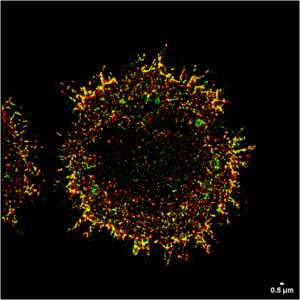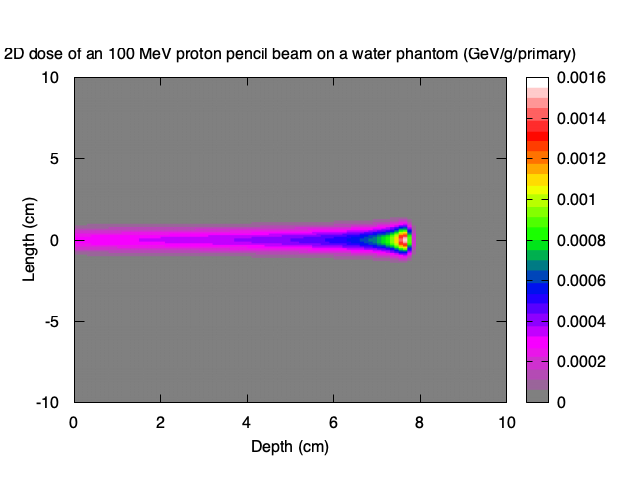| Area | Overview | Example links |
|---|---|---|
Systems Biology  | Our work has predominantly focused on understanding intracellular genetic and protein signalling cascade regulation in cells. Cell systems considered have included bacterial chemotactic cells (E. coli and R. spheroides), platelets, cardiac myocytes and cholesterol biosynthesis in hepatocytes. We have applied multi scale modelling approaches to understand how cells respond to their environment in different contexts and modelled sonic hedgehog aggregate formation. | Edgington & Tindall (2018) Dunster et al. (2015) Tindall & Clerk (2014) Bhattacharya et al. (2008) Edgington & Tindall (2015) Derrick et al. (2021) |
| Neuroscience | Neural activity in the brain is the basis of human thinking, of emotions and actions, of human communication and interaction. In cooperation with partners from linguistics, the way humans use and process language is investigated with models on different levels. This includes neural field models, which describe the activity of large quantities of neurons by fields in space and time. | Beim Graben & Potthast (2009) |
Medicine  | Application areas include lipoprotein and dietary cholesterol regulation, anti-microbial resistance, cooling and rewarming bodies during surgery and tumour growth. | Pool et al. (2018) Tindall et al. (2022) Tindall et al. (2008) Tindall et al. (2008) |
| Pharmacology & Toxicology | Our work in Quantitative Systems Pharmacology (QSP) has focused on model reduction for large scale biochemical systems, the development of models for understanding new therapeutic treatments, identifying key proteins responsible for regulating autophagy in dementia and discussion on the role of machine learning and mechanistic modelling approaches in the context of drug discovery and development. Our work in toxicology has informed the uptake of metals from the environment and current work in Quantitative Systems Toxicology (QST) is improving the safety of compound development with impact on the role of quantitative methods in informing toxicology studies. | Snowden et al. (2018) Vavouraki et al. (2021) Tindall et al. (2023) Ward et al. (2019) Dede et al. (2018) Exploring best practices in building quantitative AOPs (2024) |
